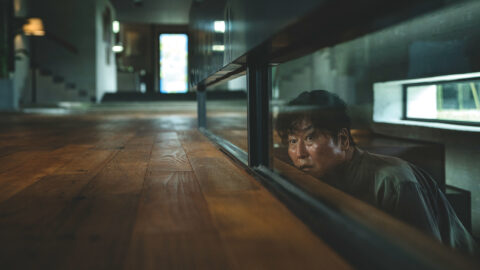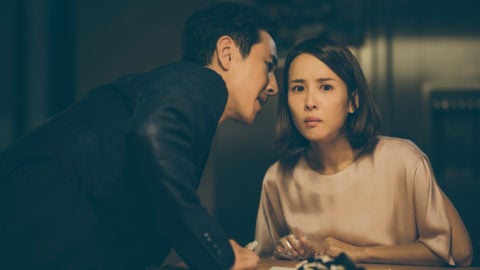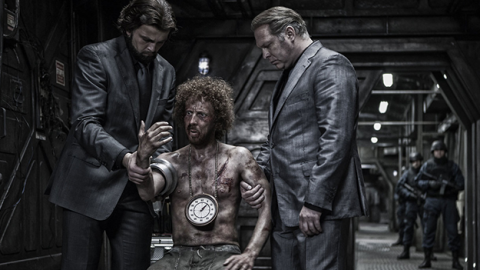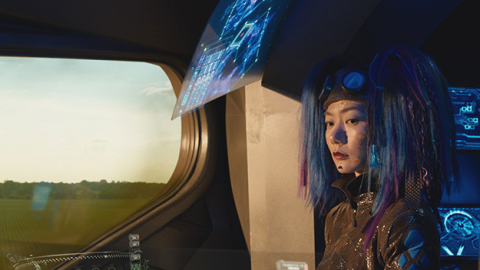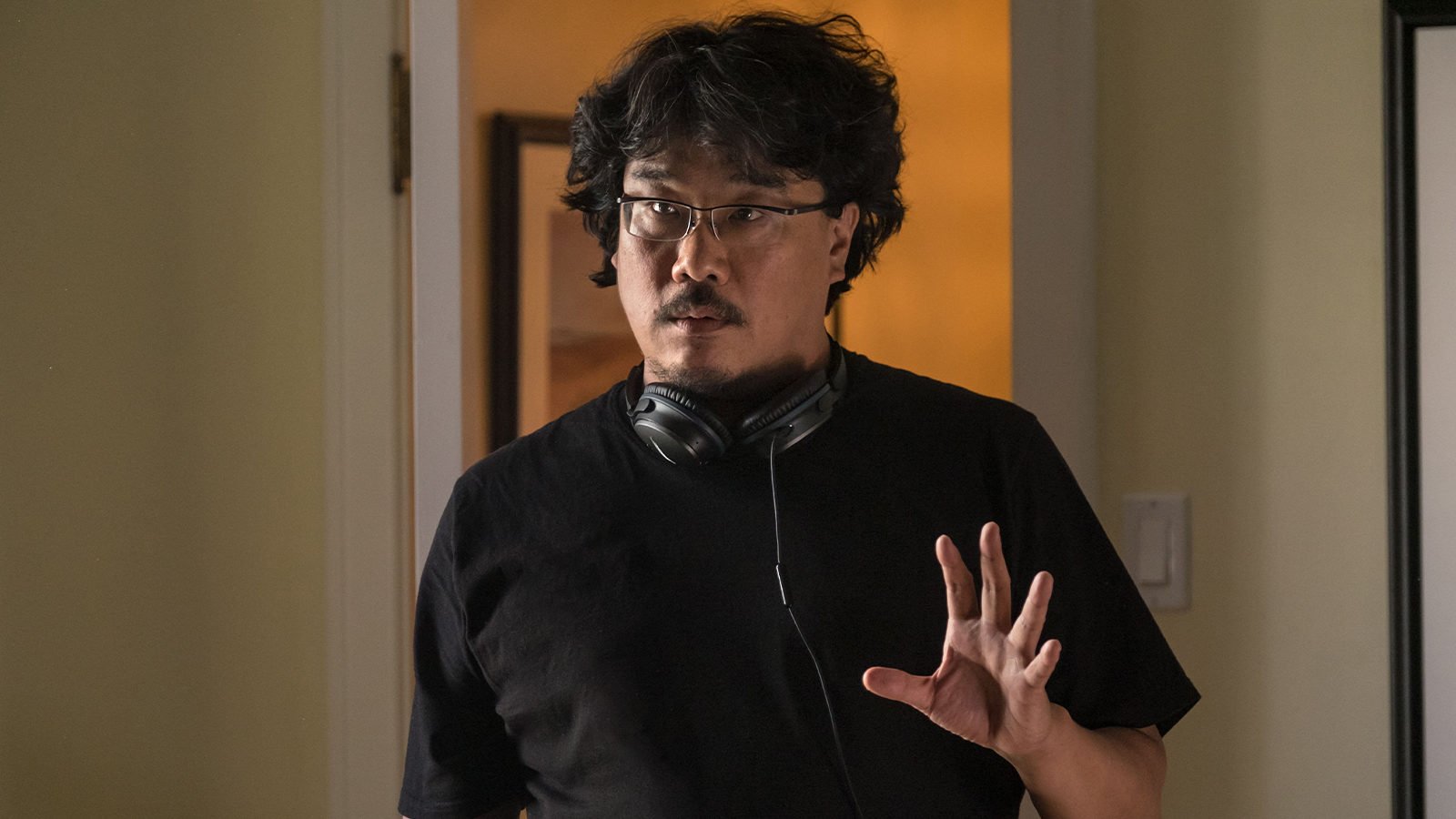
Bong Joon Ho’s Guilty Pleasures
Bong Joon Ho's Parasite was the first foreign-language film in the history of the Oscars to win Best Picture. The film also won in the categories of Directing, Original Screenplay, and International Feature. Following the release of his 2006 monster movie The Host, Bong sat down with Film Comment to reveal his guilty pleasures, including monster movies, horror flicks, sci-fi, and gangster films.
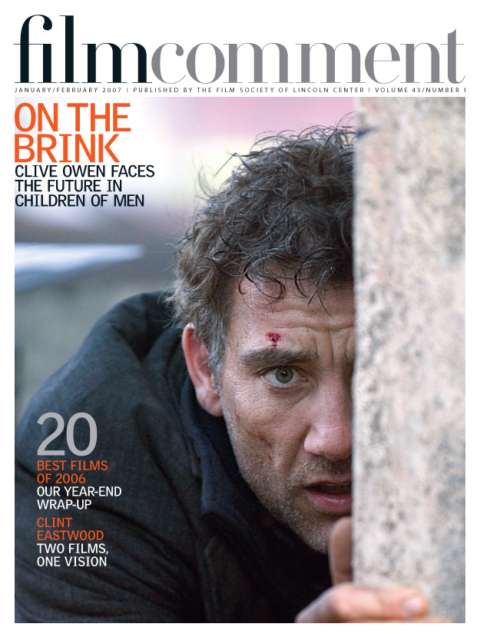
Frankenstein 90 (Alain Jessua, 1984)
A cheap horror film that I came across at the French Cultural Center where I used to go to see films by auteurs such as Truffaut and Melville. There were even actual love scenes between Frankenstein and a glamorous actress whose name I no longer recall.
Pitch Black (David Twohy, 2000)
It’s based on a very clever and effective idea: the monster only appears in the dark. It just suits the setting of a modestly budgeted film (and probably saves money)—and it is absolutely delicious. You can’t say it’s worthy for inclusion in the sci-fi hall of fame, but it is utterly charming compared to clunky blockbusters like Battlefield Earth.
Ricco, aka Cauldron of Death (Tulio Demicheli, 1973)
Actually, I saw this film when I was really young, so I don’t remember it that well. I secretly watched it alone one night on the American Forces Korea Network—the special TV channel for the U.S. soldiers stationed in Korea—after my family went to bed. To my young eyes, it was rather violent and sexual, and I remember the film was a regular on AFKN.
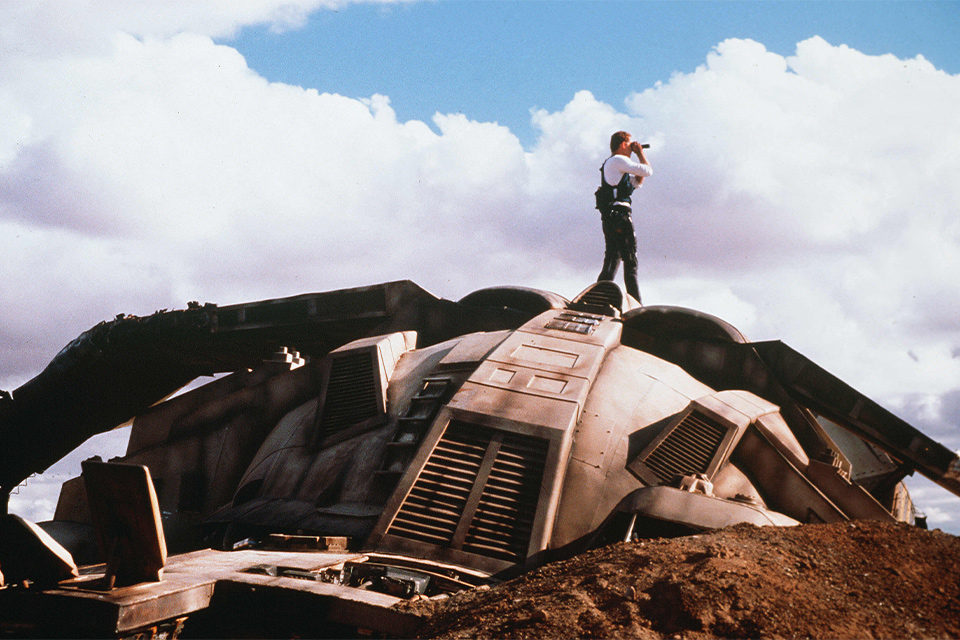
Cole Hauser in Pitch Black (David Twohy, 2000)
The Man Who Stole the Sun (Kazuhiko Hasegawa, 1979)
A Japanese high-school physics teacher becomes antisocial and decides to make a nuclear bomb—a natural premise for a director who experienced the bombing of Hiroshima and Nagasaki. Hasegawa hasn’t made a film for decades, but I still find this one very appealing.
Dark Star (John Carpenter, 1974)
I felt strange discovering it on TV; I had no idea what I was getting myself into. There are definitely shameless, low-budget aspects to it. I was flabbergasted that the so-called alien creature is basically a rubber beach ball. Nevertheless, the film conveys an utterly unique atmosphere of outer space.
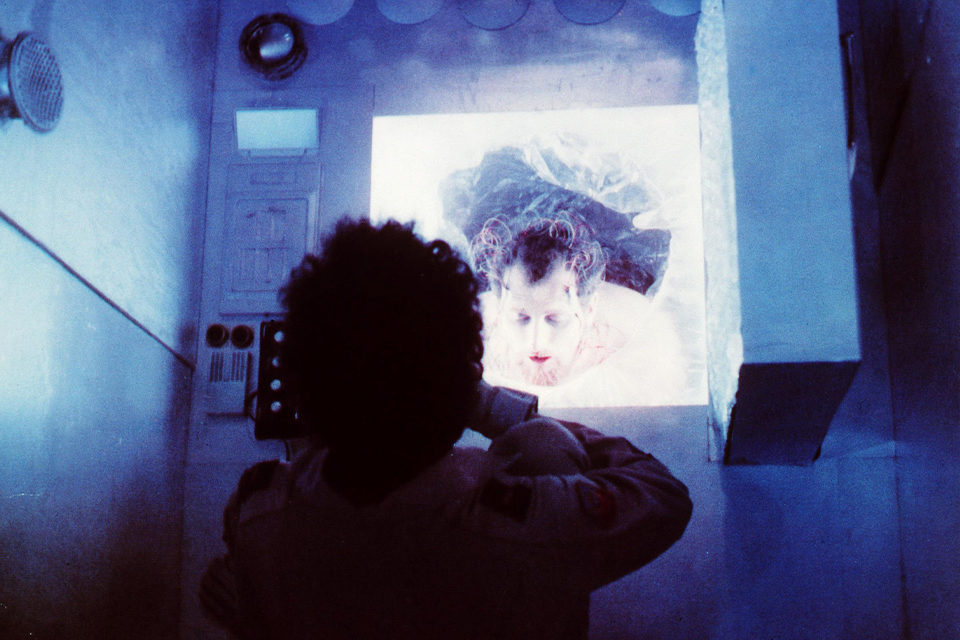
Dark Star (John Carpenter, 1974)
Killer Butterfly, aka Living Dead Girl (Kim Ki-young, 1978)
Kim is a great auteur who produced both quality films and grotesque cult movies in the Sixties and Seventies. This is one of the most puzzling films in Korean film history—an unconditional oddity. I especially love the skeleton puppet in the beginning, and the sex scene in front of a Korean popcorn machine: the snacks keep popping out and piling up on the floor.
Salem’s Lot (TV miniseries, Tobe Hooper, 1979)
The scariest vampire film I’ve ever seen. It was aired on TV during summer vacation when I was a middle-school student, and I just loved the bone-chilling horror I experienced while watching it alone in a dark room. I want to see a complete version—with the deleted scenes restored.
Airport (George Seaton, 1970)
I was fascinated by George Kennedy (with a cigar in his mouth) trying to remove a Boeing 707 from the airport runway. I always admired macho characters when I was young. I remember seeing the Airport series on TV every holiday season.
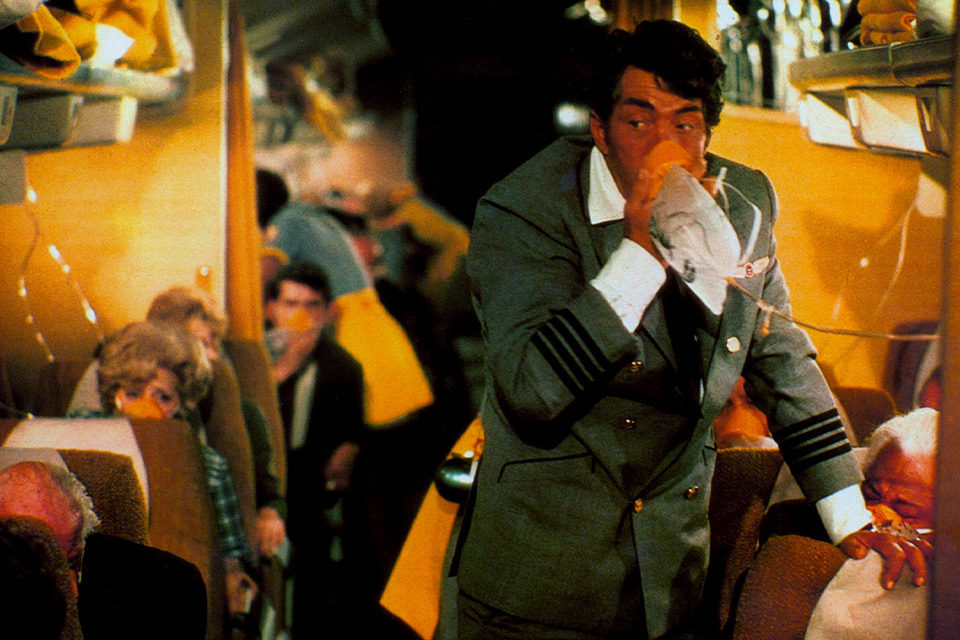
Dean Martin in Airport (George Seaton, 1970)
Last Tango in Seoul (Park Yong-joon, 85)
You might assume from the title that this is a parody of Bertolucci’s Last Tango in Paris, but it’s actually a legendary erotic film featuring hundreds of different sexual positions. It’s a cult classic in a genre that made high-school boys (like me) flock to our local theater.
Capricorn One (Peter Hyams, 1978)
A very dynamic film based on the old conspiracy theory rumors that the NASA moon landing was a fake. This is that same government paranoia. I like Telly Savalas’s sudden appearance out of nowhere at the climax.



